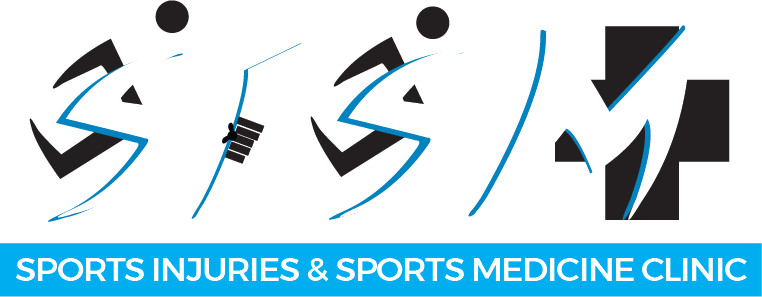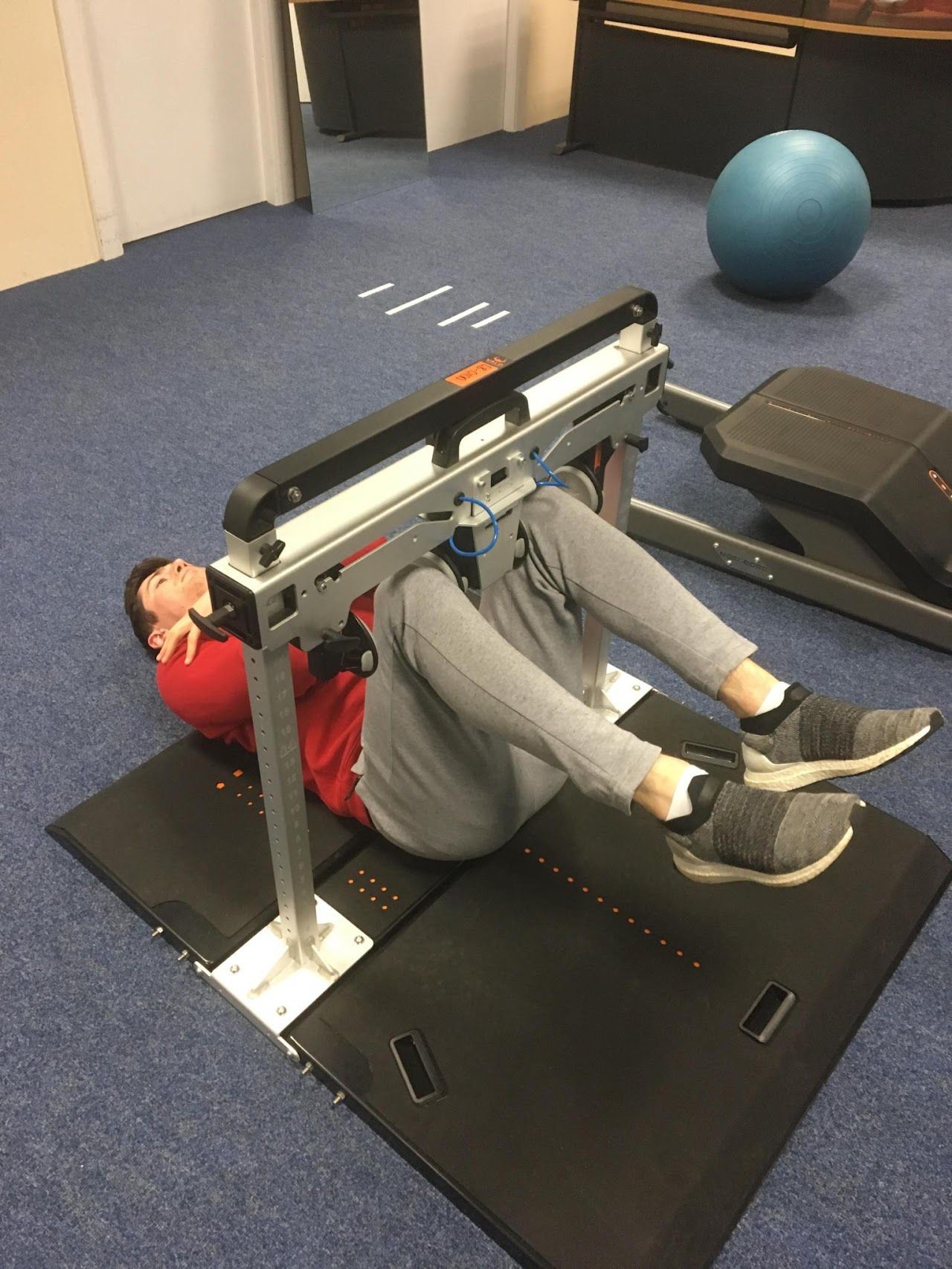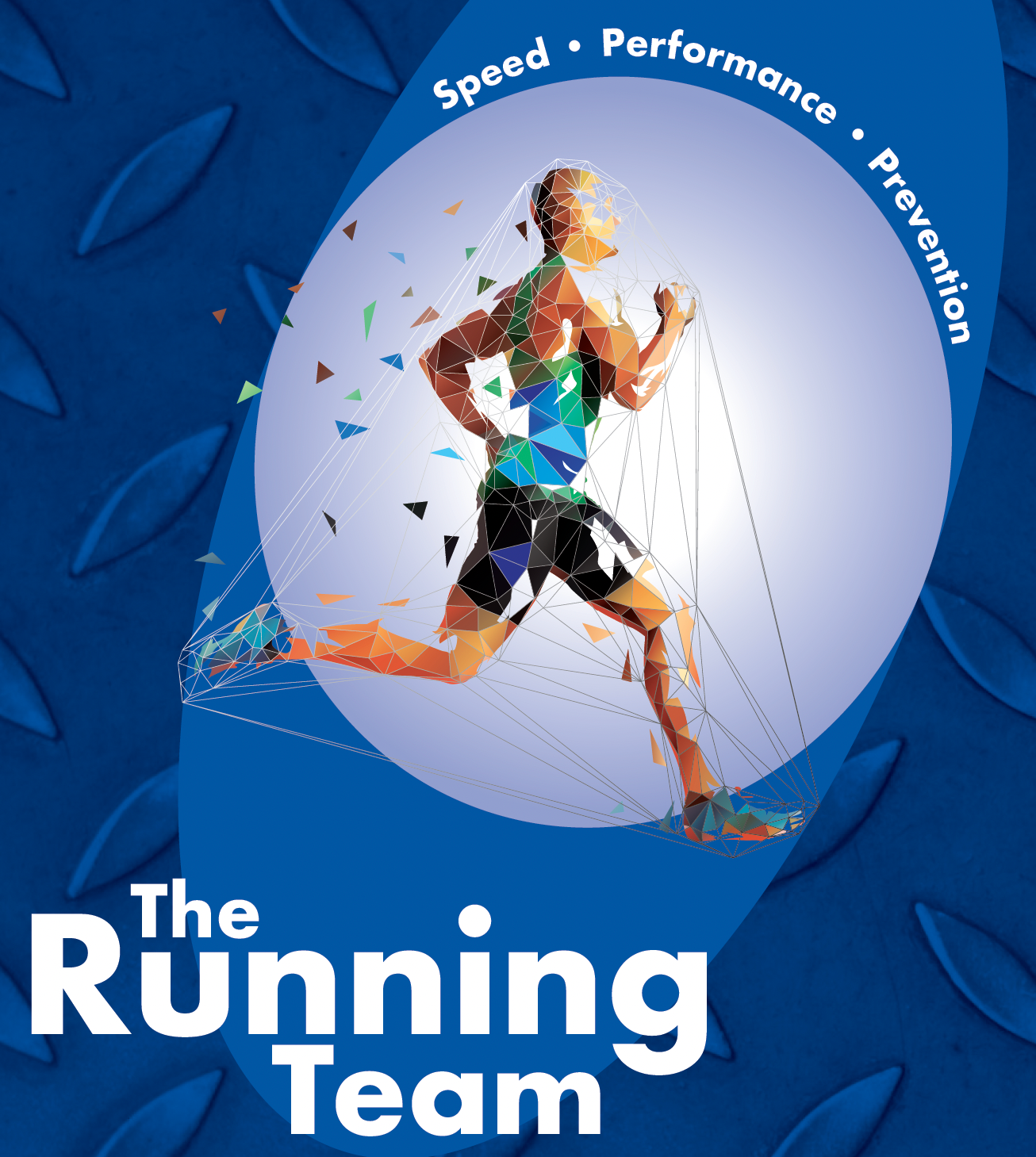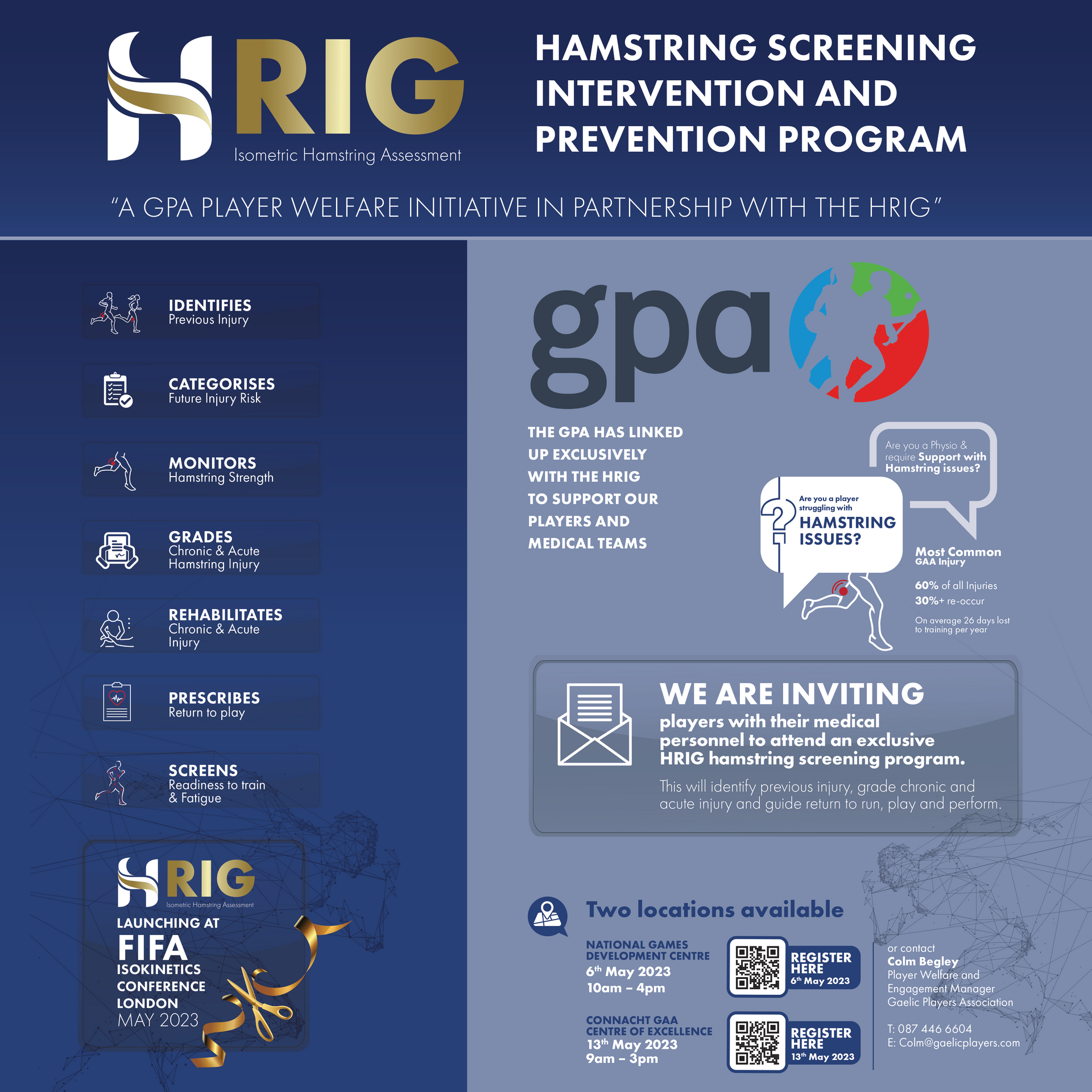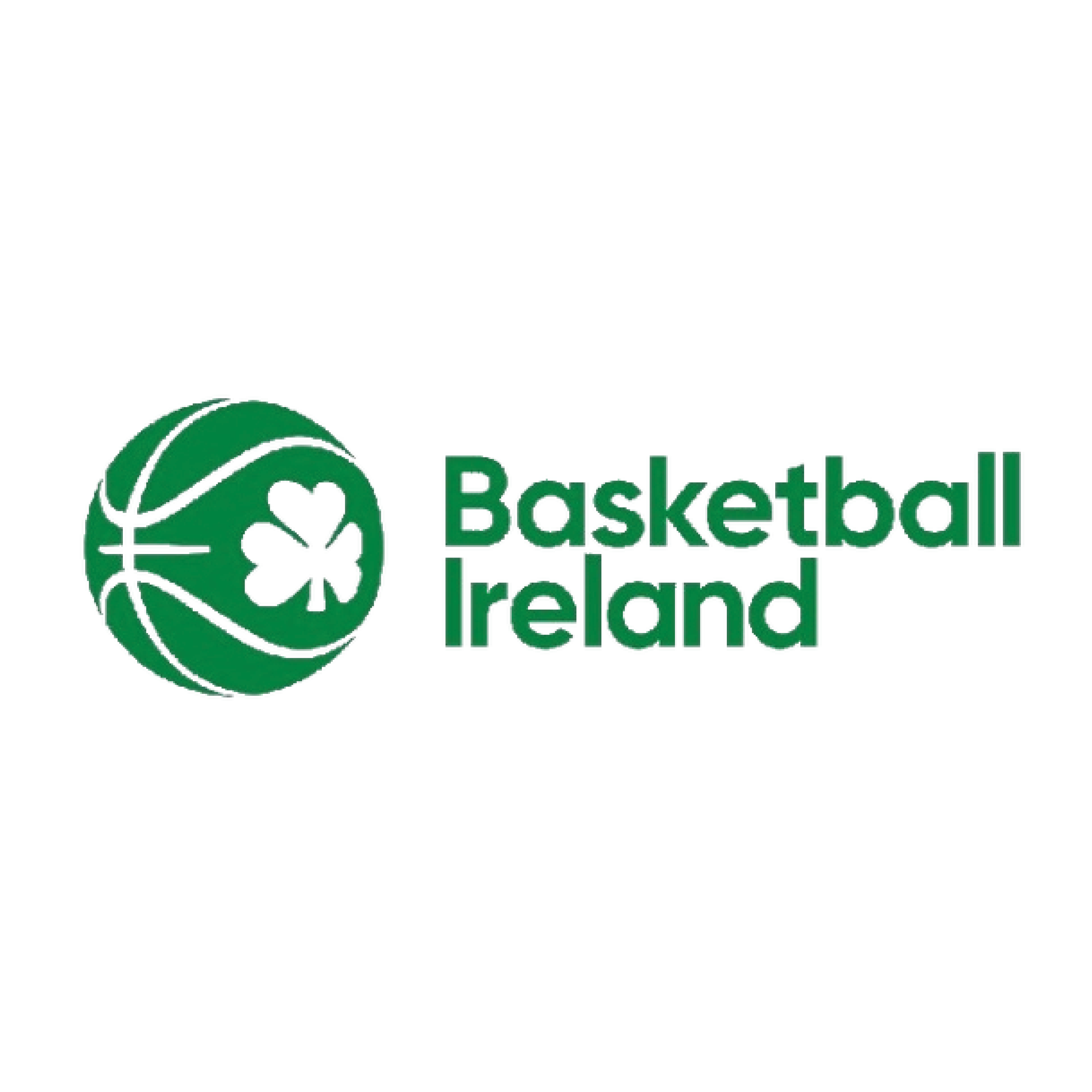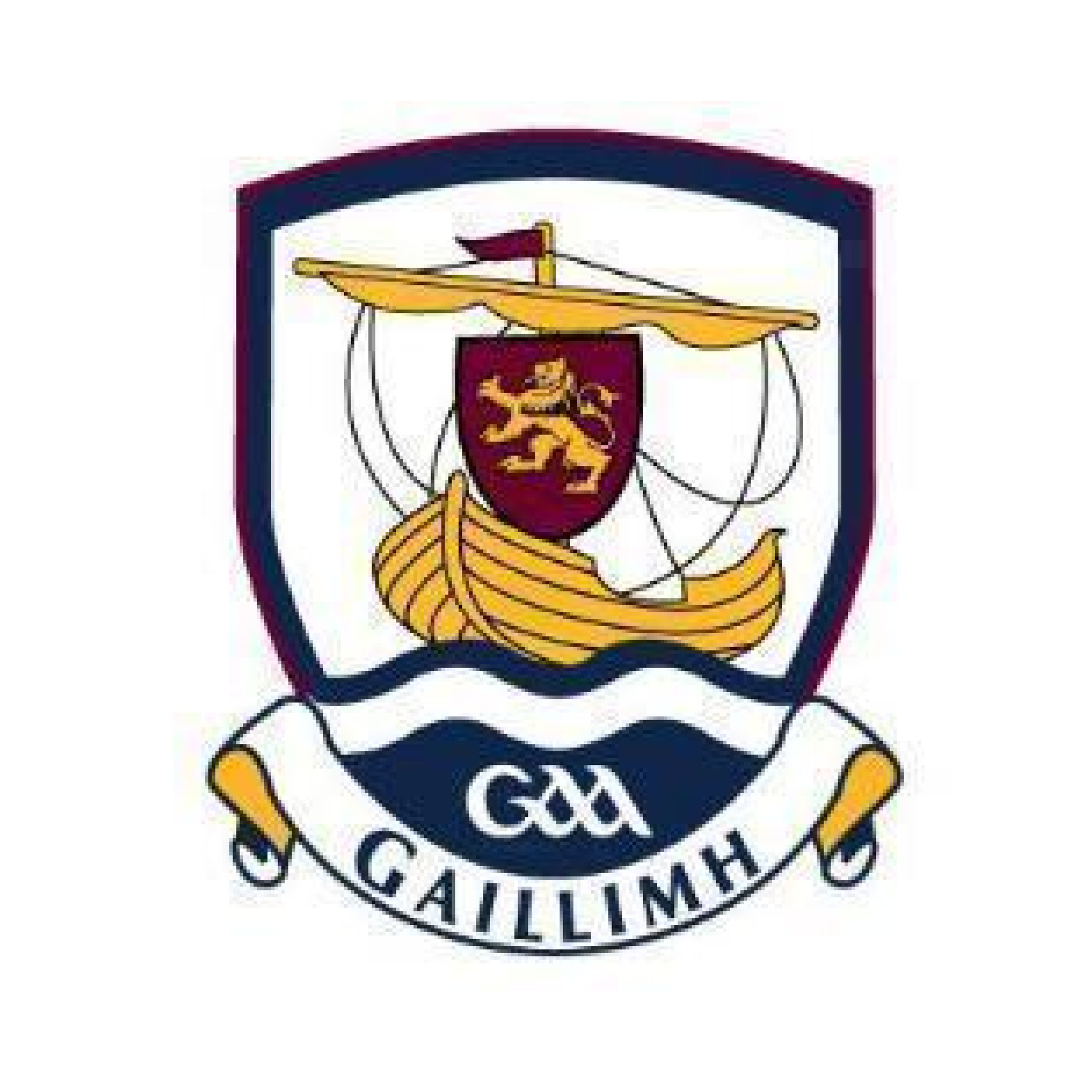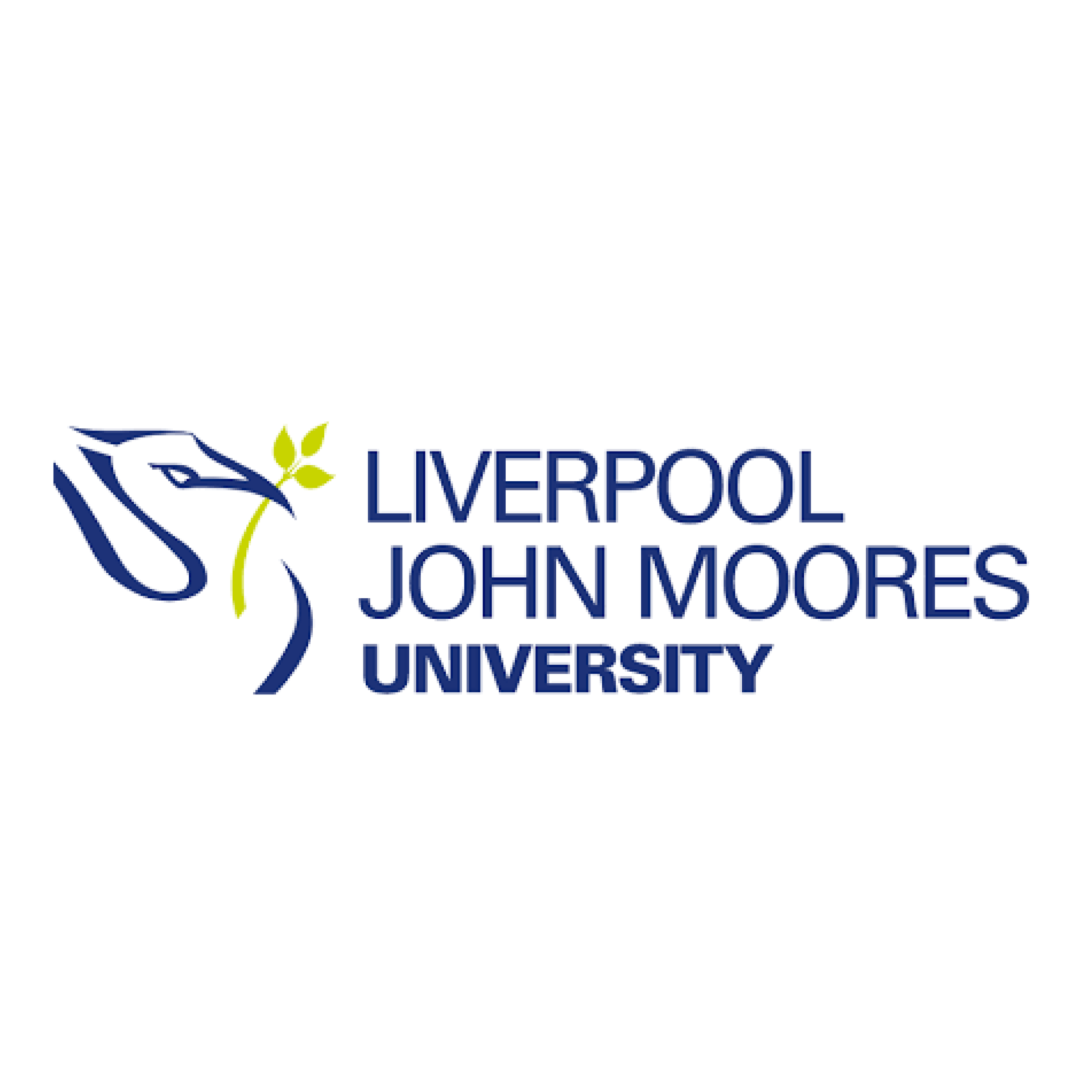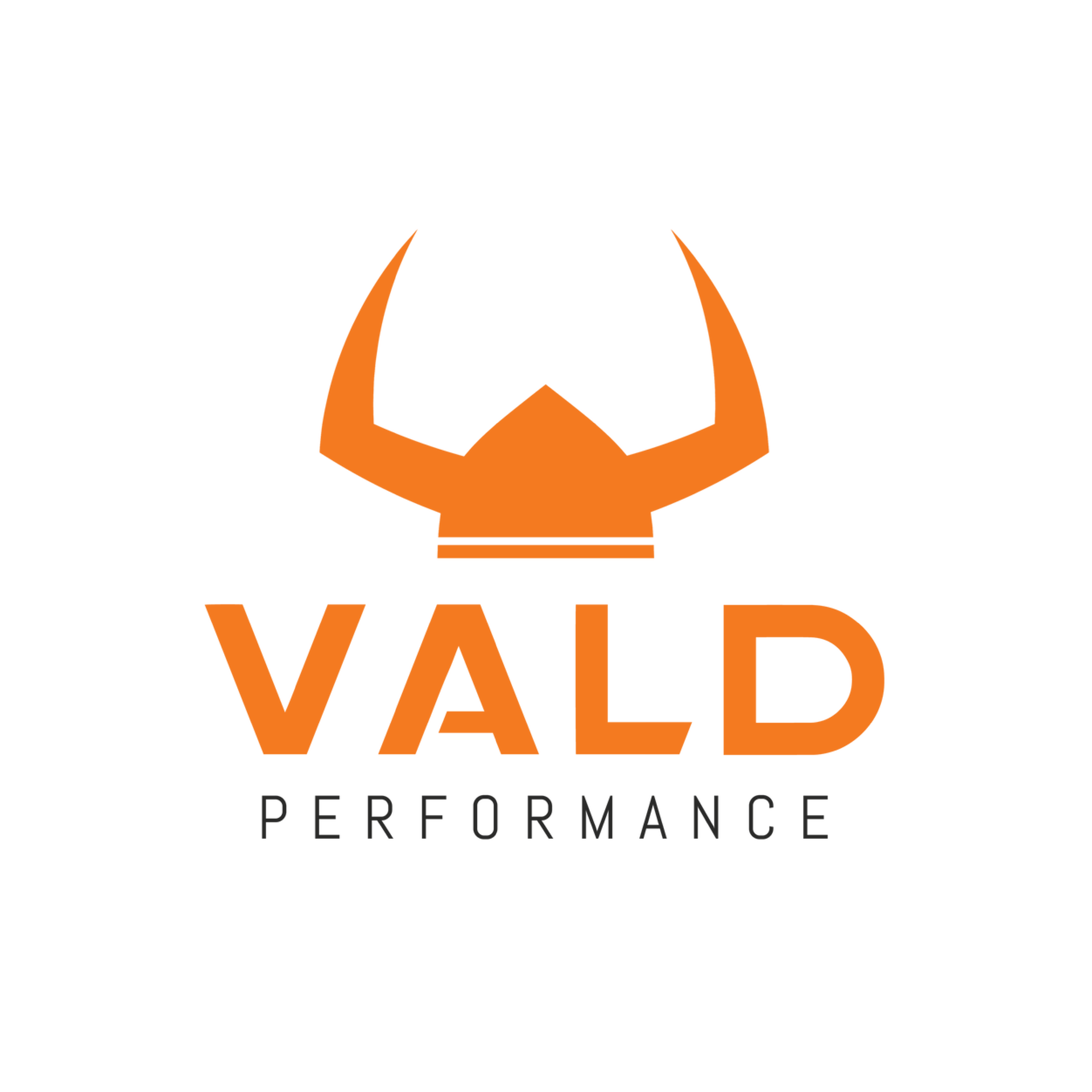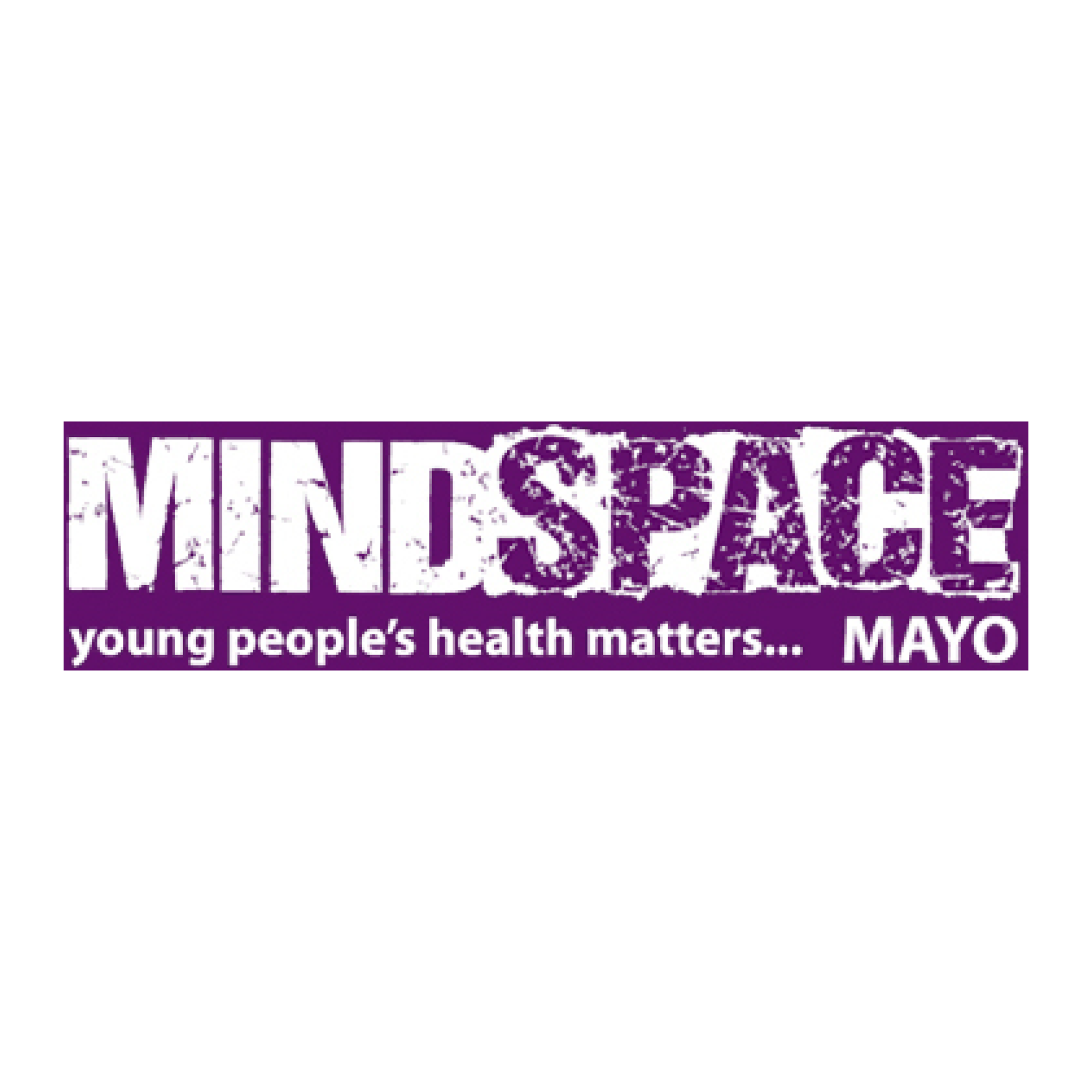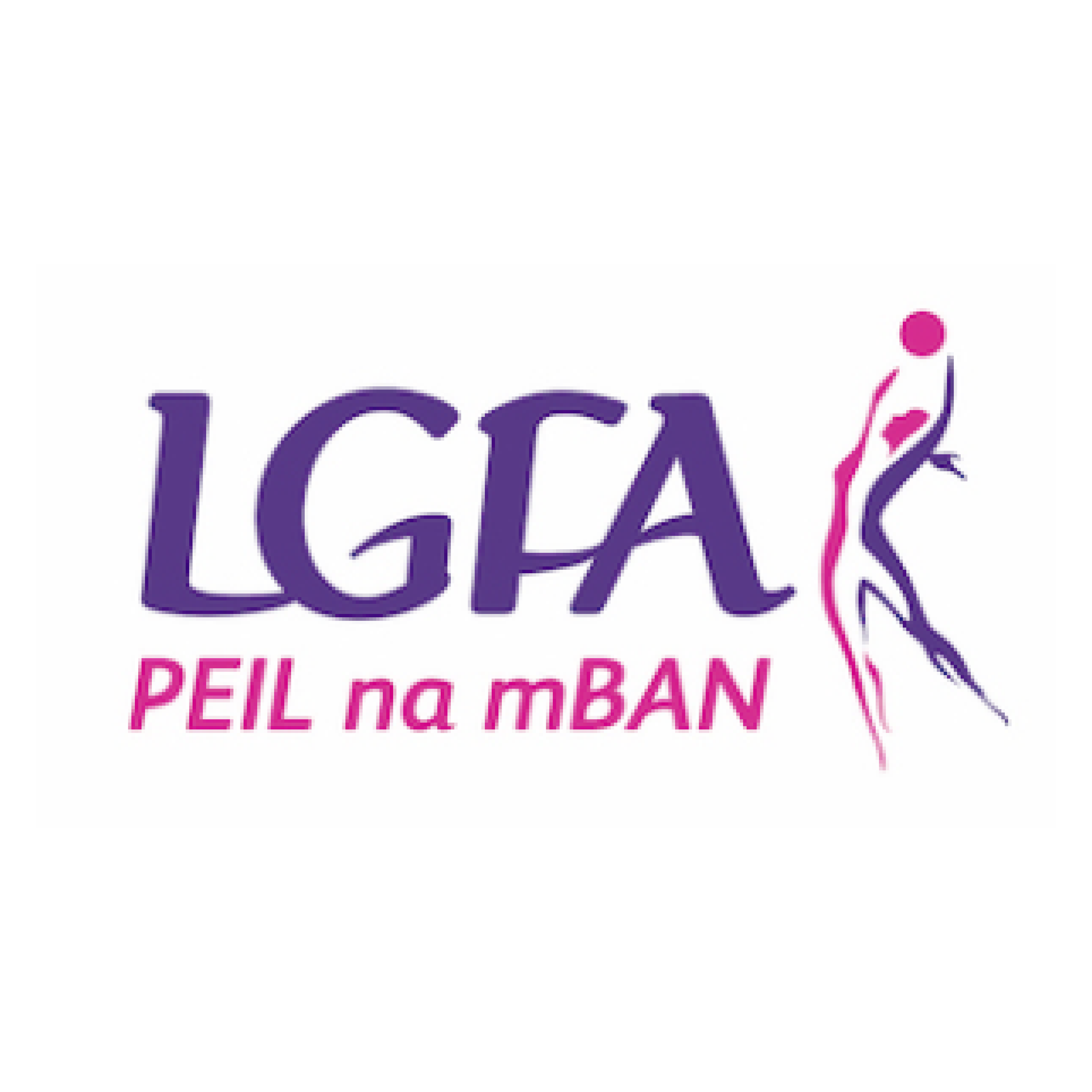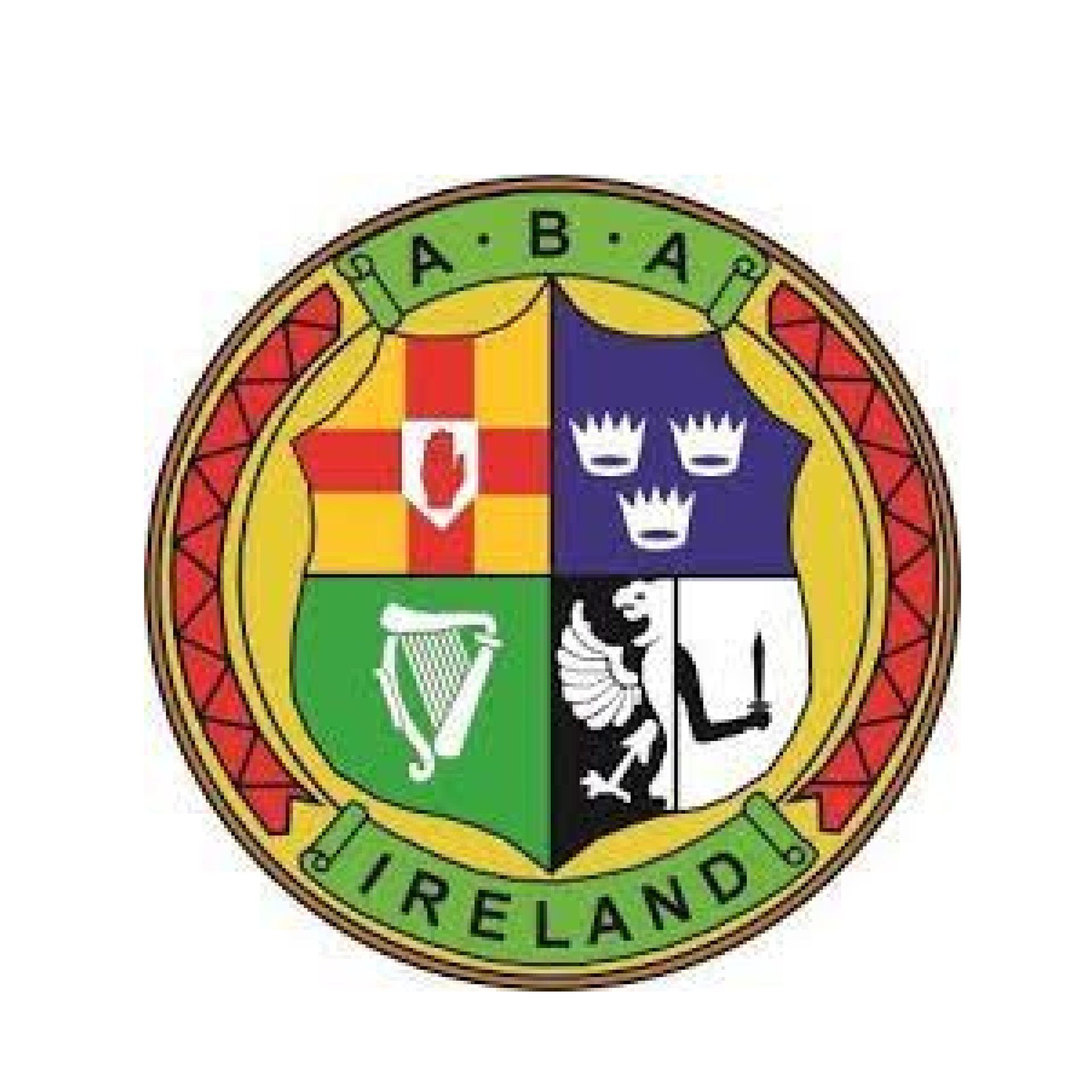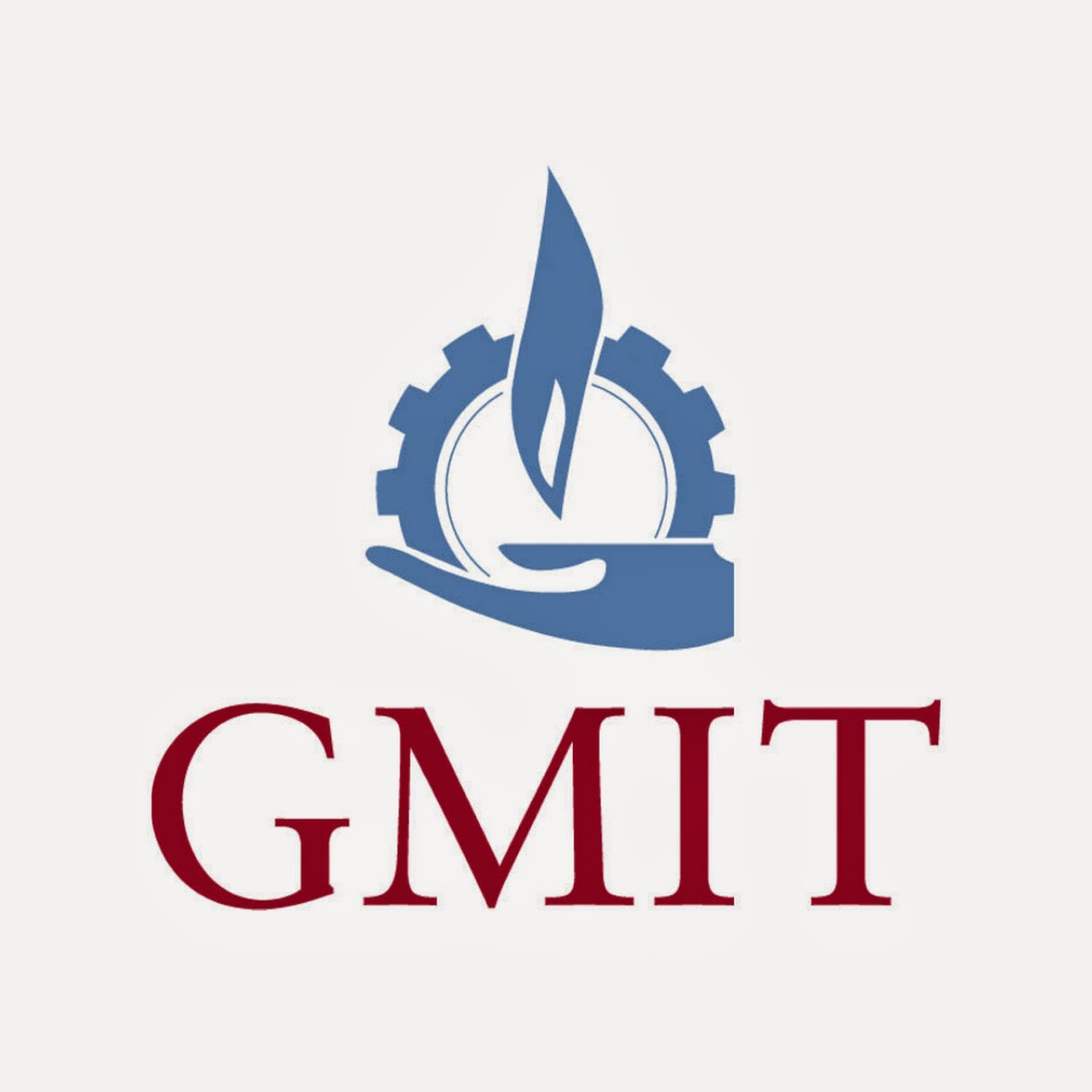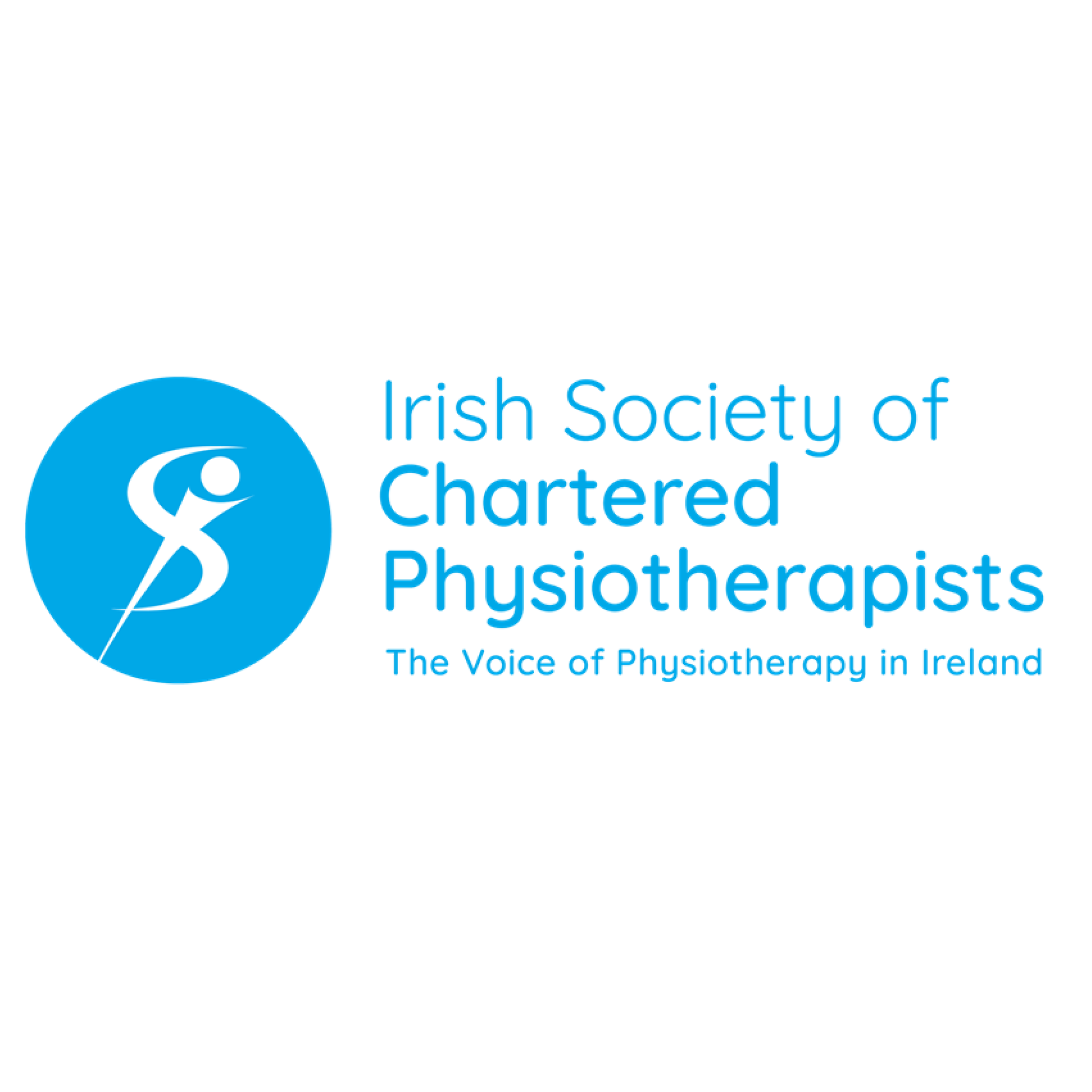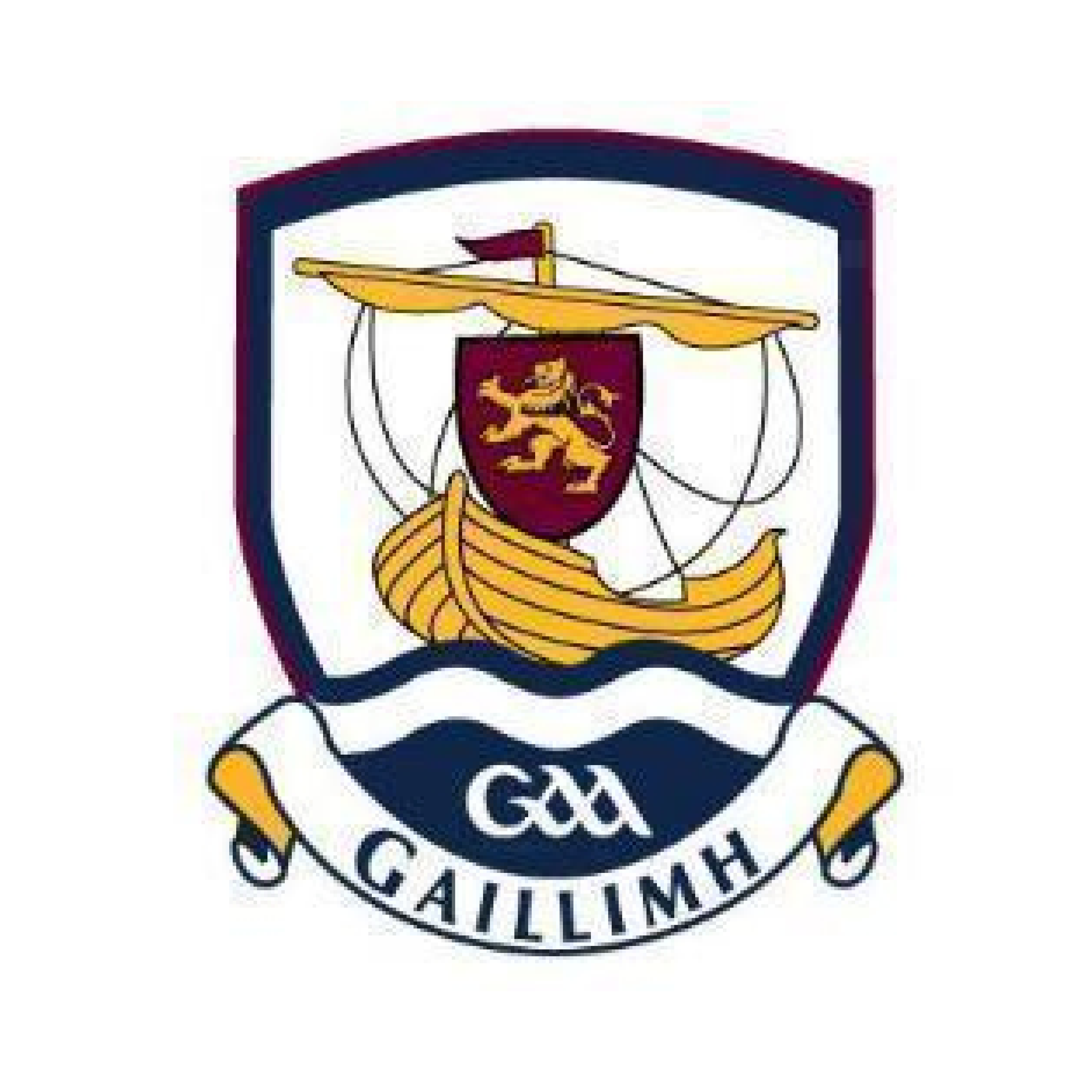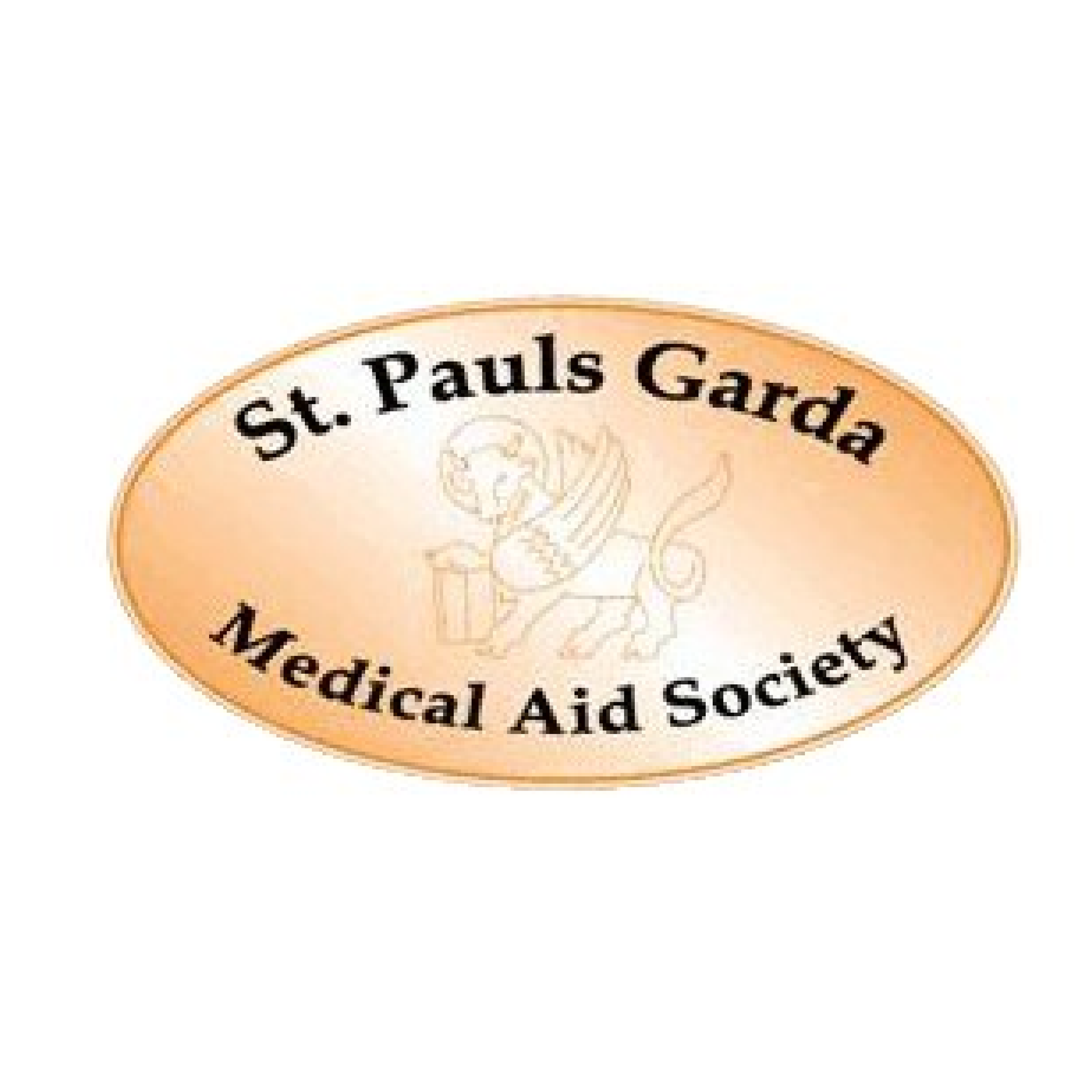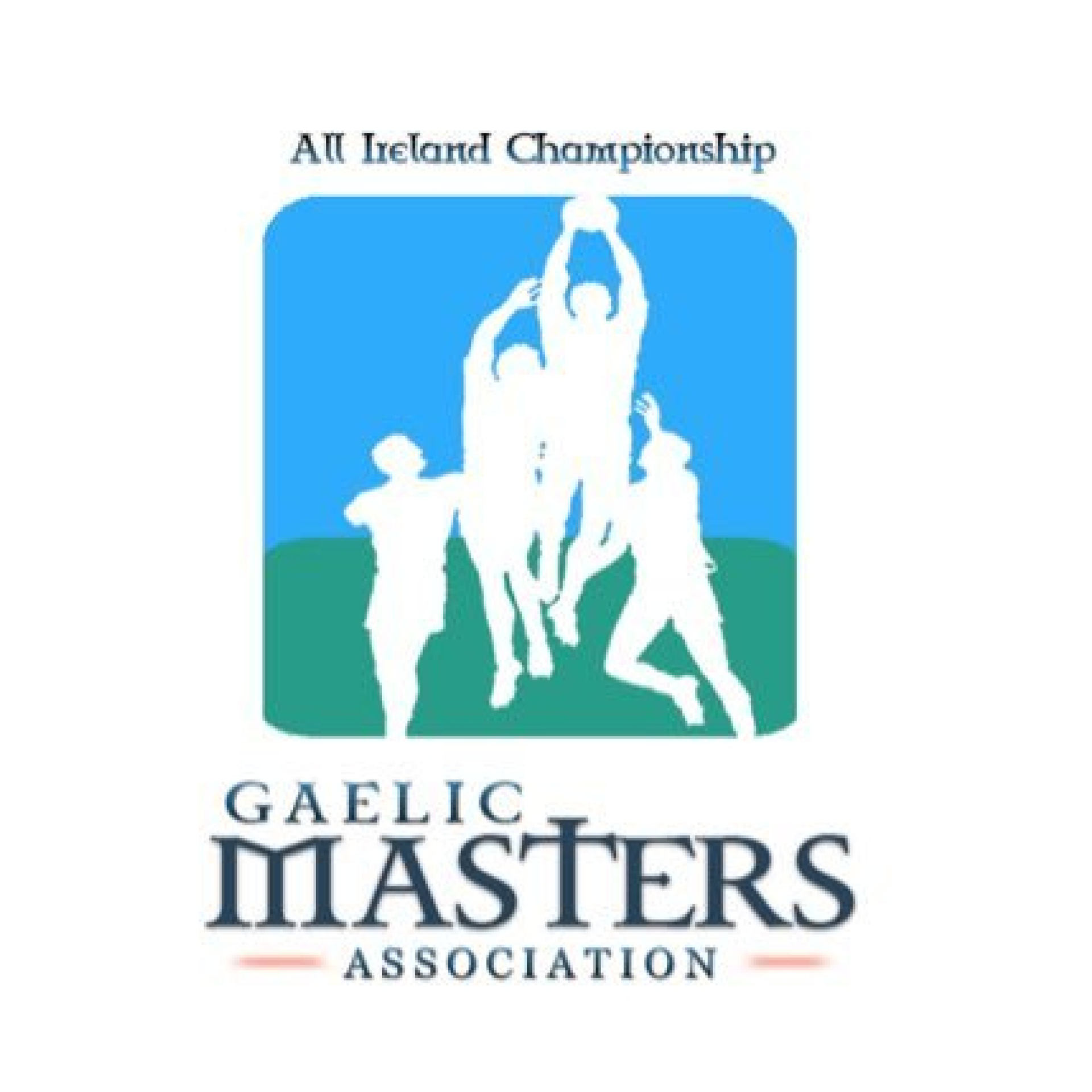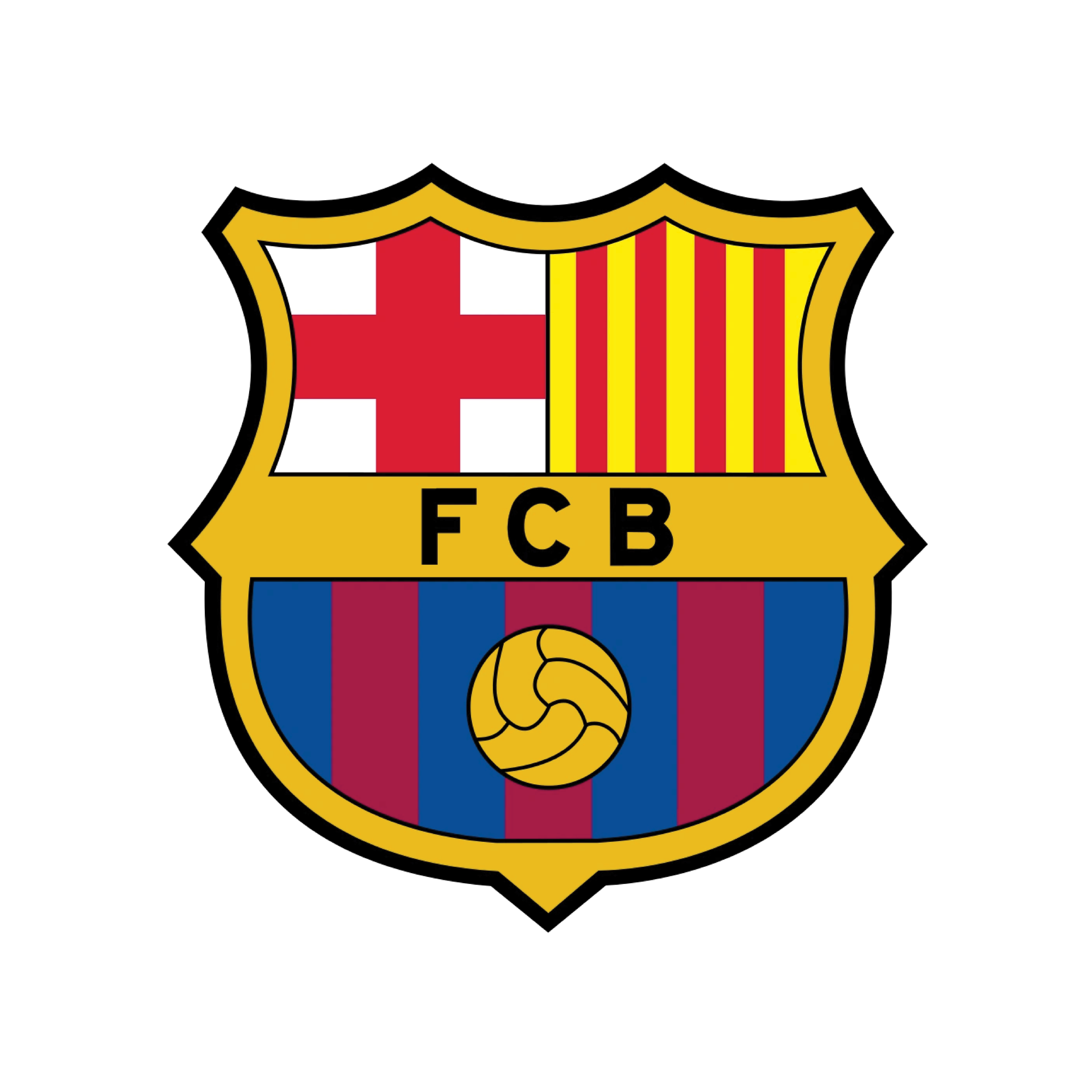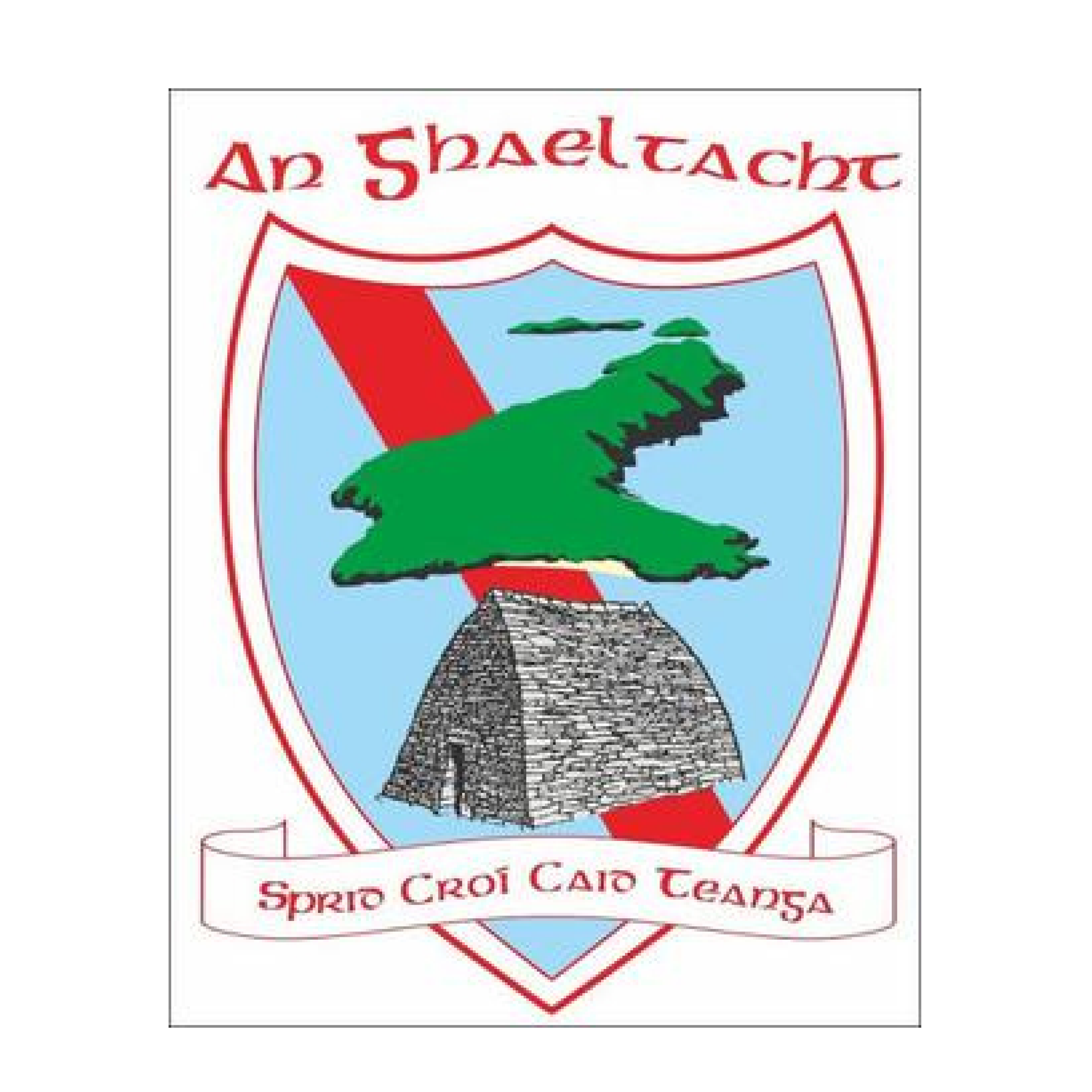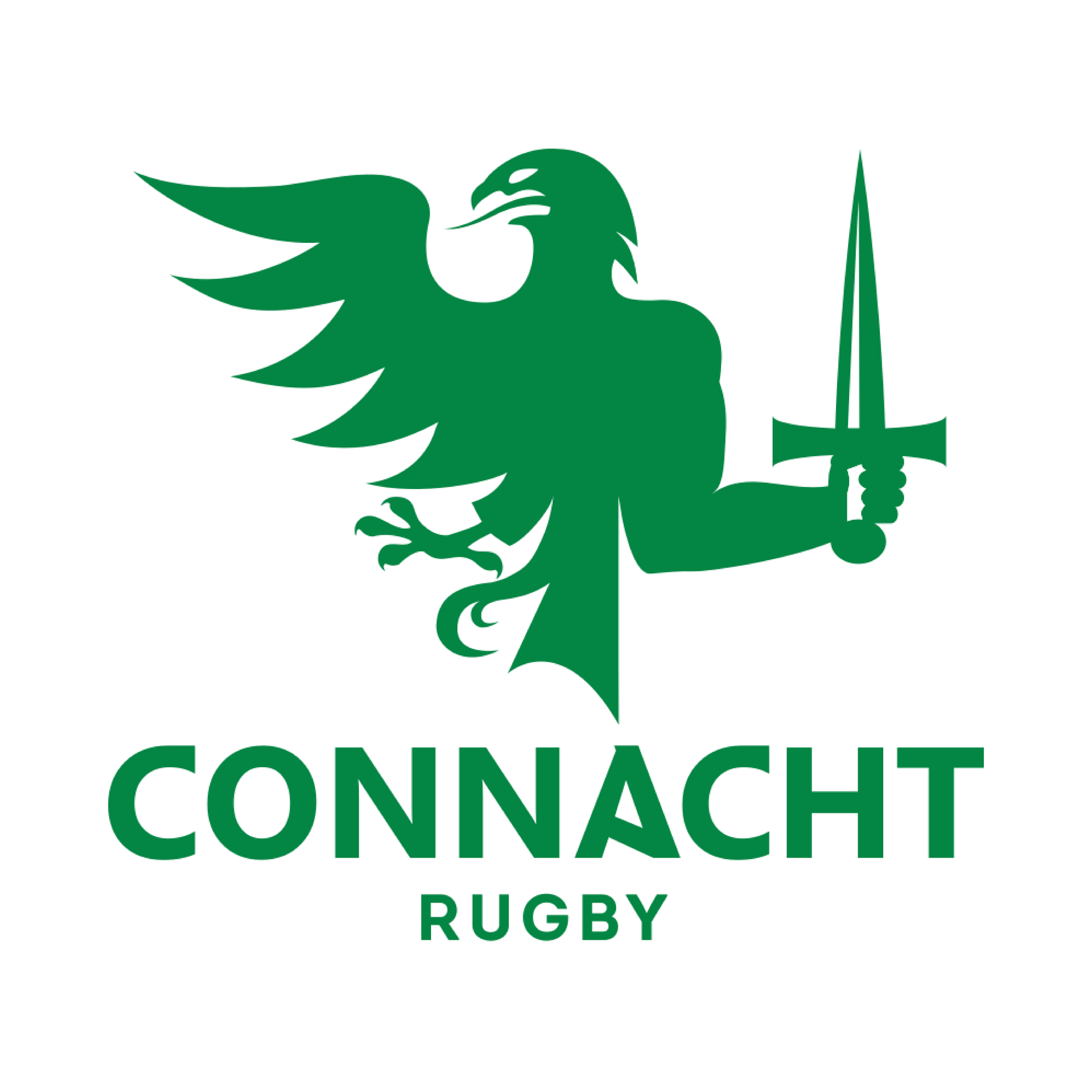Sports Injury & Sports Medicine Specialists
Helping You Since 2006
Sports Injury Specialists
SISM Clinic is a state of the art sports injury and sports medicine clinic, specialising in all aspects of the treatment, prevention, rehabilitation and performance issues relating to sport. A team of multi disciplinary qualified professionals provide these services to the part-time sports enthusiast, recreational athletes, the more serious competitive sports person and also full-time professional athletes. The Sports Injury and Sports Medicine (SISM) Clinic, is now open at Moneen Business Park, Castlebar, County Mayo and is the first of its kind in Ireland.
The objective of the clinic is to provide optimum care that will exceed your expectations and also designed to offer cutting edge, first class sports injury and sports medicine services to the sports person and athlete. The science and technology behind the SISM Clinic makes it unique in the world of sports medicine and sports injury, rehabilitation and performance enhancement.
Services
Some Satisfied Patients
I was highly motivated throughout the time I was working with Martin and his team. I believe this was due to the reassuring and positive attitude he had at each session for my recovery. I also believe this was due to to the use of top quality equipment such as ISO-K ad Nordic Board machines that measured hamstring strength numerically. I looked forward ti getting the objective for its improvement (as well as the subjective feedback from Martin himself). This gave me confidence and reassurance that the programme was working.
Kevin McShane
I attended SISM for rehab after an injury involving multiple pelvic fractures. On my first visit, i was still relying on crutches and felt quite apprehensive about starting to walk without them. By the end of the session I was walking unaided. The next two visits I was given a tailor made programme to build strength and stamina. The team of physios helped me regain confidence and guided me through exercise to help my injury heal. I am very grateful and can't thank them enough!
Siobhan
I would like to thank all the team at the SISM clinic to overcome my ACL injury. I did all the rehab programs I was given weekly and returned to play championship for my club, 9 months and 1 week after surgery. They tested me regularly towards the latter stages of my return and weekly programs were based on what was weak and what I need to strengthen. I cannot thank the team enough to overcome this injury as quick and best as possible i would highly recommend the SISM Clinic to anyone struggling with this injury.
Raymond
